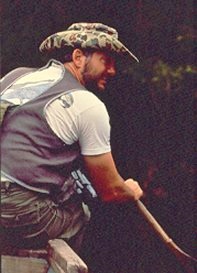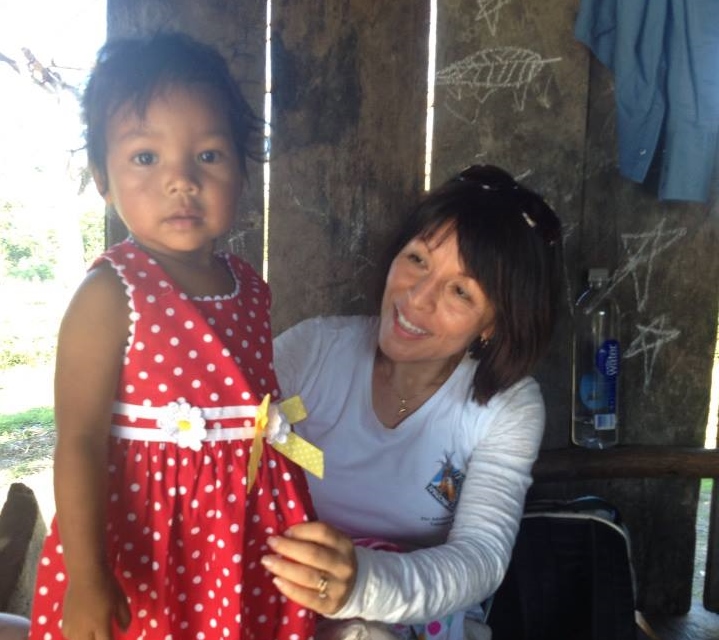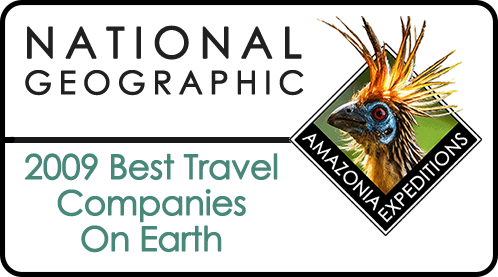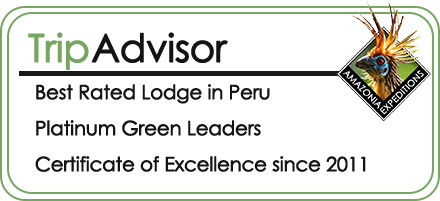History
Early Years
The interior forests off of the upper Tahuayo have long been noted for their abundant populations of primates. Many trappers worked here in the 1960-70s to collect primates for sale to the veterinary institute of Iquitos, IVITA which in turn sold them to biomedical researchers
Forming the RCTT
Bodmer received his master’s degree from the University of Illinois and came back to the Tahuayo as a doctoral student at the University of Cambridge. He joined with conservationist Greg Neise and worked with the communities of the Tahuayo River to develop a plan to have the region recognized as a community reserve. The passage of Propuesta Tecnia by the province of Maynas become a reality on June 19,
While Bodmer, Neise
Amazonia Expeditions is Formed
By October 1981 Beaver had left the employ of the Chicago Zoological Society and started the Amazon’s first
At first Beaver’s camping expeditions followed the route of his scientific studies, taking in a few days of wildlife observations in the


Paul Meets Dolly
In 1991 Paul Beaver met Dolly Arevalo Shapiama in Iquitos and Dolly accompanied Paul on several camping trips in the region of the Yarapa and upper Tahuayo. Unimpressed by the harsh physical demands of camping expeditions in this region, Dolly suggested the construction of a lodge to serve as a base of operations. It was decided that the lower Tahuayo River held more promise than the Yarapa River, so Paul and Dolly scouted the region of the lower Tahuayo prior to their marriage in April of 1994. After this time the camping excursions of Amazonia Expeditions would focus only on the lower Tahuayo River, exploring the Rio Blanco and Tangarana tributaries.
Building the First Lodge
A site was found just past the village of Chino, and construction of a lodge began in 1995. The lodge was completed and opened for the first tourists in December 1995. A sister organization of Amazonia Expeditions, called AyE tours, was established in Iquitos city in 1995. After the lodge was opened Dolly began a collaboration with the local community, to promote sustainable use of the reserve and in particular assist the women of the community, an effort that later grew into her non-profit Angels of the Amazon. By 2001 the lodge was recognized in major publications such as Outside Magazine and National Geographic Magazine and began to grow in popularity.
Adding the Research Center Peru Lodge
In 2006 a second lodge, upriver from the main lodge, was purchased. It was built by a former tourist of Amazonia
The ACRCTT is Created
During the first ten
Angels of the Amazon
Dolly Beaver’s charitable work in the communities started with suggestions for economic activities that would maintain the resources of the reserve in a sustainable way. One of the first activities was to suggest the fabrication of




Erika
Our time in the jungle was an absolute highlight on our trip to Peru! Truly amazing! …Again, we had the most wonderful time. Almost more than words can say. The jungle and the Tahuayo Lodge hold very special places in our hearts and CAN NOT WAIT to return. Thank you again for offering such an amazing trip.
Renee
Our trip was INCREDIBLE. The lodge was great, the food was amazing, and the staff were all so friendly. We loved our stays at the B&B, the main lodge, and the ARC.
Tia & Paula
It was incredible and a trip of a lifetime Paul! My sister Paula and I had an amazing time and loved everything — your facilities and staff are top notch and I want to come back with my husband and daughters!!
